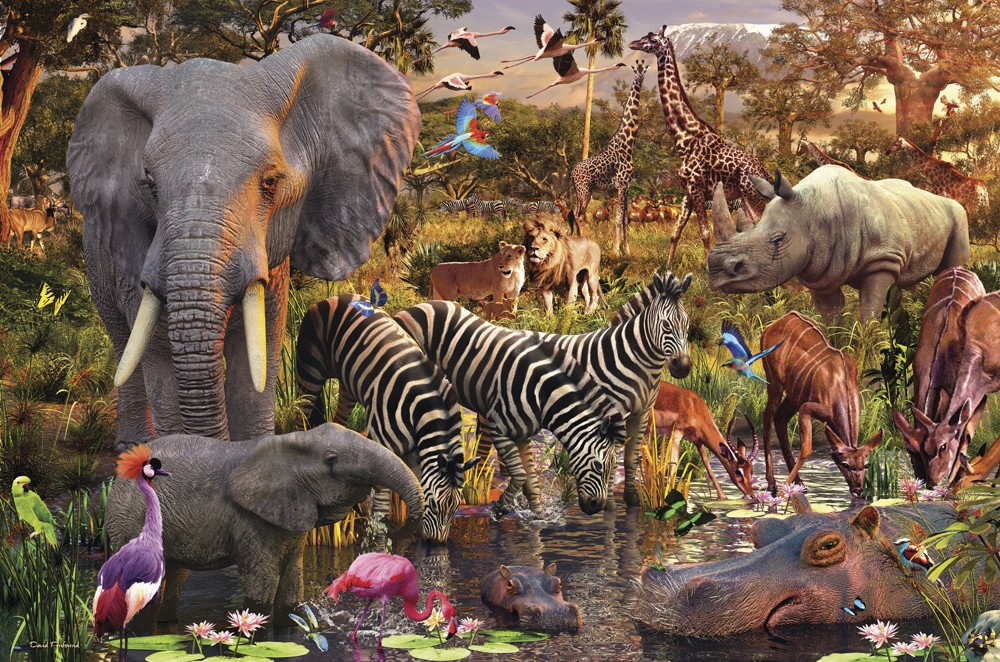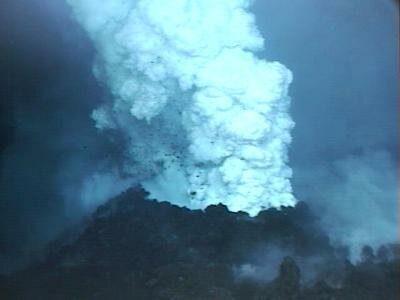Did you know these interesting facts about animals?

- Elephants can smell water up to 3 miles away. They are also one of the three mammals that undergo menopause – the other two being humpback whales and human females.
- Kangaroos use their tails for balance, so if you lift a kangaroo’s tail off the ground, it can’t hop.

- Oysters can change gender depending on which is best for mating.
- Giraffes have no vocal cords and their tongues are blue and black.
http://list25.com/25-amazing-facts-you-didnt-know-about-animals/
http://www.thefactsite.com/2010/09/300-random-animal-facts.html












